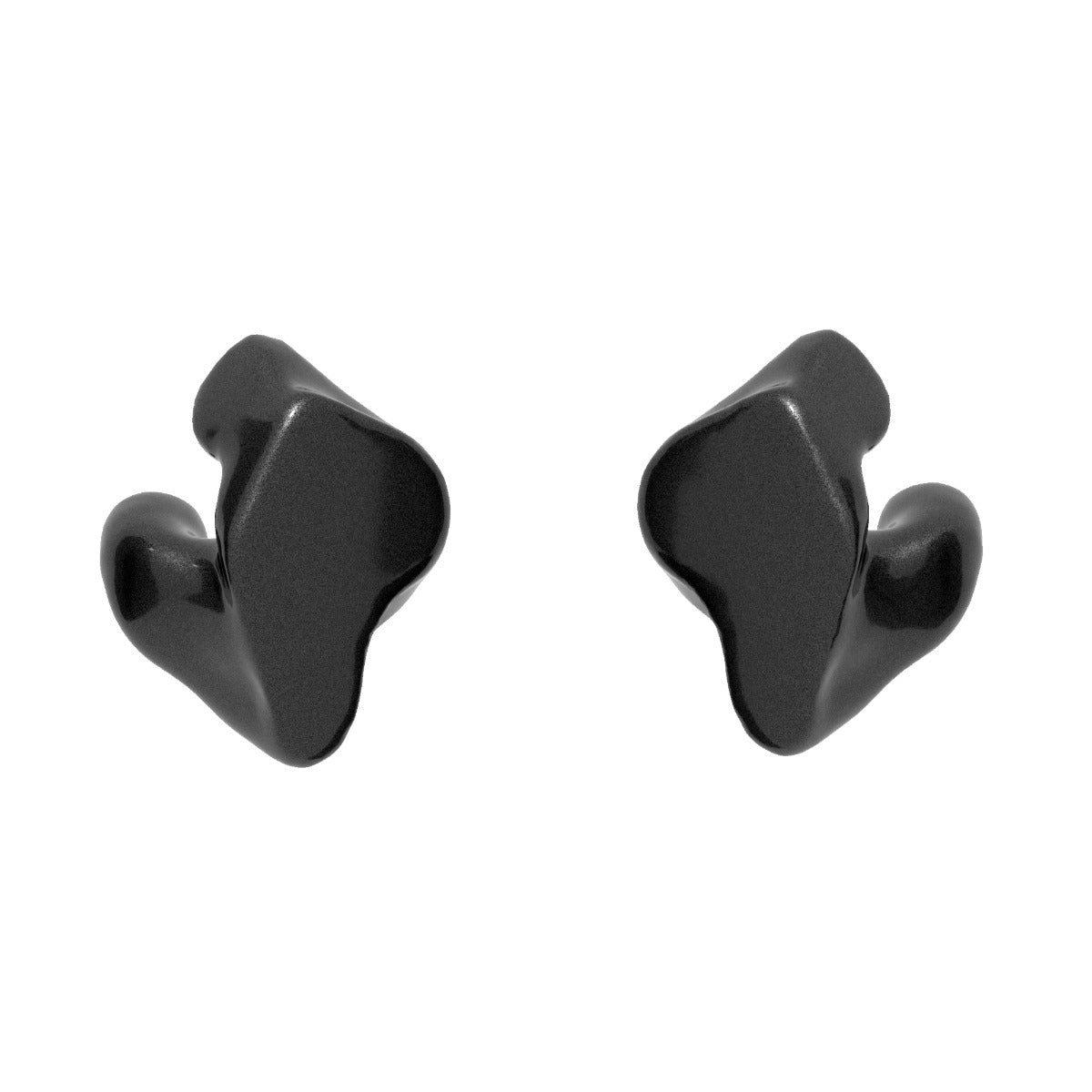Are The Best In Ear Monitors Those With the Most Drivers?

Are In-Ears with More Drivers Always Best?
One of the first things people want to know when they start researching in-ear monitors is why some have multiple drivers, what purpose this serves, and whether the best in ear monitors are always the ones with the most drivers.
The answer to this is complex – for one, most people’s exposure to single-driver earphones is the free ones that came with their phone, or the $10 set they bought at the airport. IEMs with multiple drivers, on the other hand, are typically much more expensive and use higher-quality components, as well as better sound tuning. As a result, the average 3-driver earphone certainly sounds better than the average 1-driver earphone.
When you start comparing apples to apples, however, things get a little murkier.
Why Multiple Drivers?

The idea of multiple drivers in headphones is much the same as with speakers – splitting the entire broad range of audio frequencies between multiple drivers (using an electronic circuit known as a crossover) theoretically allows each driver to then be tuned better for a specific range of frequencies – bass, mids, treble, etc. With speakers, we instinctively understand that the bigger drivers that are able to move more air are tasked with handling lower frequencies, while the smallest drivers, which are able to move quickly and precisely, are used for the highest frequencies.
Although the drivers in in-ear monitors are naturally limited in size and can only vary by a matter of millimeters, the theory is much the same – tune certain drivers to perform better at certain frequencies, and then combine them together using a crossover.

So More Drivers IS Better?
Well, not necessarily – when musicians’ in-ear monitors started becoming popular in the 1990s, higher-end sets used multiple drivers to overcome the limitations of contemporary driver technology. At the time, these pricy multi-driver units were definitely the best in ear monitors on the market.
Today, manufacturers are still attempting to fit more and more drivers into an earpiece – and charging increasing amounts of money to do so. But as drivers have become more capable over the last 20 years and our understanding of headphone sound tuning has improved, using multiple drivers has become exponentially less important – a fact well-known in the audiophile community, where some of the highest-regarded in-ear monitors use single drivers.
So, if getting the highest driver count you can afford is not the way to maximize bang for your buck, how do you decide which are the best in ear monitors to buy?
In our view it’s all about having the right sound for the purpose.
Perhaps you are a drummer and need to hear all the way down to 20-30Hz. Or, you play the guitar and find that your mix is always overly biased towards the low frequencies. Or you are an engineer and simply need your in-ears as flat as possible. Each of these criteria is a better starting point for your in-ear monitor search than number of drivers.
The scenarios above are all based on real questions we’ve received since releasing our original M6 PRO in-ear monitors, and something we kept in mind when we designed our new MX PRO line. Each MX PRO-series model has a distinct sound tuning, and no one model is unequivocally better than any other.

The MX PRO range gives you a vast array of different tuning and EQ options. The single-driver MX1 PRO provides an affordable introduction to in ear monitoring with a balanced, all-purpose sound tuning. The MX2 PRO uses a dual-driver hybrid configuration with dedicated subwoofer, perfect for musicians who prioritize extended bass response that doesn’t muddy the rest of the spectrum. The triple-driver MX3 PRO puts emphasis on the midrange, and the quad-driver MX4 PRO is tuned to be as flat as possible.
In each case, the additional drivers are a means to an end, used to achieve our desired sound tuning. It remains our belief that there are plenty of users for whom the best in ear monitors have fewer drivers.
Long story short – the IEMs with the audio tuning that best fits your application will be the best in ear monitors for you.

Additional Information
Check out the MX PRO Custom in ear monitors to explore how you can design your monitors from the ground up using our design-your-own interface
Featured collection
Design Your Own: Custom M6 PRO In-Ear Monitors
This post is part of an educational series on custom-fit products. Visit our Knowledge Base for more articles.









